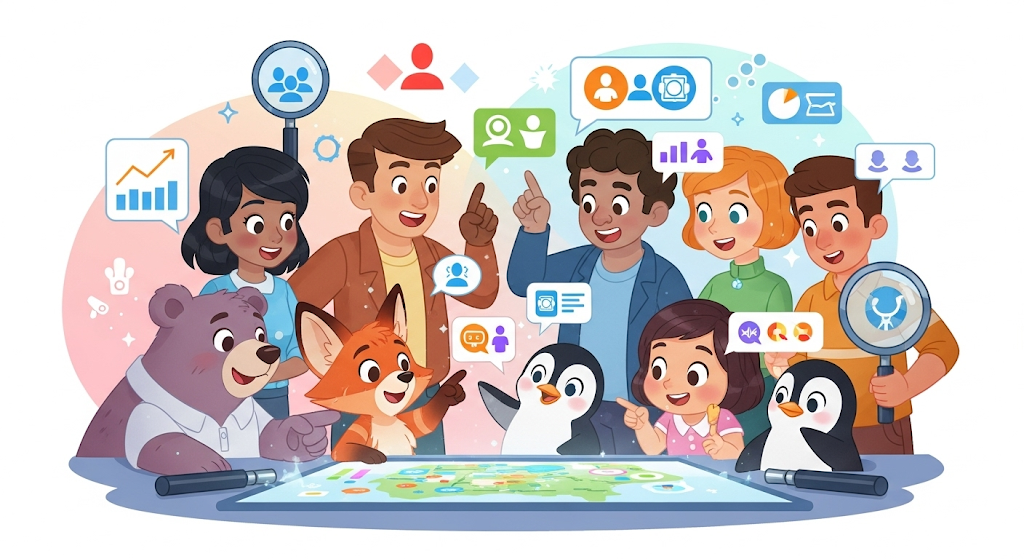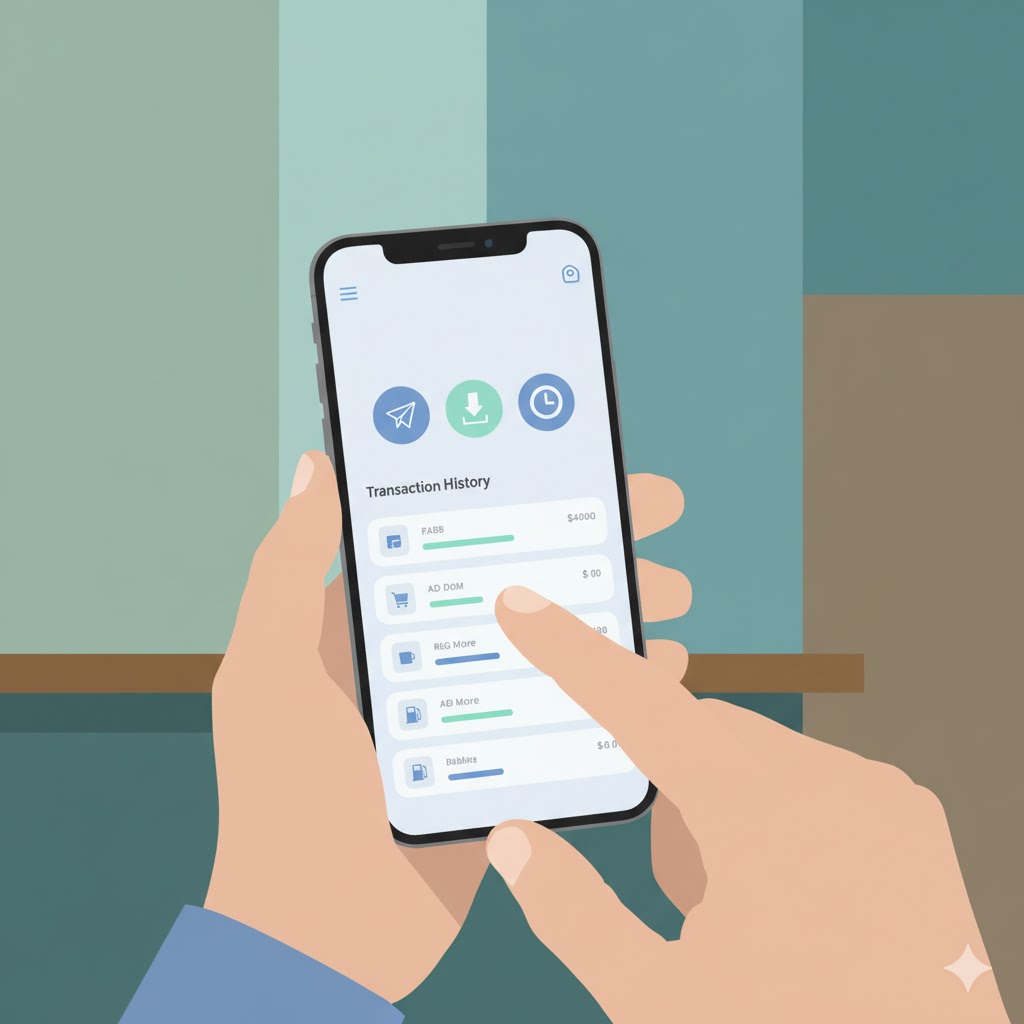Ever launched a campaign that just didn't hit the mark? You put in all the effort, but the results were… underwhelming. Chances are, the missing ingredient was a deep understanding of your target audience. Think of it this way: you wouldn't try to sell a snowboard to someone living in the tropics, right? The same logic applies to your digital campaigns. Knowing who you're talking to is the absolute foundation for creating content that resonates, drives engagement, and ultimately leads to success.
Why Knowing Your Audience is Non-Negotiable
In the fast-paced world of digital marketing, everyone's fighting for attention. If your message isn't tailor-made for the people you want to reach, it'll get lost in the noise. Audience insights aren't just a nice-to-have; they're essential for:
- Crafting Relevant Content: When you know what problems your audience faces or what their aspirations are, you can create content that genuinely helps or inspires them. This makes your campaign feel personal, not just promotional.
- Choosing the Right Channels: Are your potential customers spending time on TikTok, LinkedIn, or Pinterest? Knowing their preferred platforms helps you invest your marketing budget wisely.
- Optimizing Your Budget: Why waste money showing ads to people who aren't interested? A clear understanding of your audience allows for precise targeting, boosting your return on investment (ROI).
- Building Stronger Relationships: When your audience feels understood, they're more likely to trust your brand and become loyal customers.
How to Get to Know Your Target Audience
So, how do you actually figure out who your audience is? It's more than just guessing!
1. Dive into Data: Analytics is Your Friend
Start with what you already have. Your website analytics (like Google Analytics) can reveal demographics, interests, and how users interact with your site. Social media insights from platforms like Facebook, Instagram, or TikTok also offer a goldmine of information about your followers' age, location, and engagement patterns. Look for trends and common behaviors.
2. Listen and Learn: Social Listening and Surveys
Don't underestimate the power of simply listening. What are people saying about your brand, your industry, or your competitors online? Social listening tools can help you track conversations, identify pain points, and uncover common questions. Running surveys, conducting interviews, or even organizing focus groups can give you direct feedback from potential customers. Ask about their needs, challenges, and what they look for in solutions.
3. Build Your Buyer Personas
Once you've gathered data, it's time to bring your audience to life through buyer personas. Think of these as semi-fictional representations of your ideal customers. Give them a name, a job, hobbies, pain points, goals, and even their preferred way to consume information.
- Demographics: Age, gender, income, location, education, marital status.
- Psychographics: Interests, values, attitudes, lifestyle, personality traits.
- Behavioral Data: Online habits, purchase history, brand loyalties, challenges they face.
For example, if you're promoting a new productivity app, one persona might be "Busy Bethany," a 35-year-old marketing manager who struggles with managing multiple projects and is always looking for tools to streamline her workday. Another might be "Freelance Fred," a 28-year-old graphic designer who needs a simple, intuitive way to track his client work and billable hours.
Tailoring Your Message for Maximum Impact
With your buyer personas in hand, every piece of your campaign strategy becomes clearer.
1. Speak Their Language
Use vocabulary and a tone that resonates with your personas. If your audience is young professionals, use more contemporary language. If they're busy executives, get straight to the point with clear, concise benefits.
2. Address Their Pain Points and Offer Solutions
Your audience isn't looking for features; they're looking for solutions to their problems. Frame your product or service as the answer to their specific challenges. For Busy Bethany, the app isn't just a task manager; it's a way to reclaim her evenings. For Freelance Fred, it's not just a time tracker; it's peace of mind for his finances.
FAQ: Understanding Your Audience
Q1: What's the difference between target audience and buyer persona?
A1: Your target audience is a broad group of people you want to reach (e.g., small business owners). A buyer persona is a more detailed, semi-fictional representation of a specific segment within that target audience (e.g., "Tech-Savvy Tina," a specific type of small business owner).
Q2: How often should I re-evaluate my target audience?
A2: Markets and audiences evolve. It's a good practice to revisit and refine your understanding of your target audience at least once a year, or whenever you launch a major new product/service.
Q3: Can a business have more than one target audience?
A3: Absolutely! Many businesses serve multiple segments. The key is to create distinct marketing strategies and messages for each, based on their unique needs and behaviors.
Conclusion
Understanding the target audience isn't just another task on your campaign checklist; it's the very core of successful digital marketing. By investing time in data analysis, listening to your customers, and developing detailed buyer personas, you'll move from guesswork to precision. This focused approach ensures your message reaches the right people, at the right time, on the right platform, leading to campaigns that truly stand out and deliver exceptional results.
Ready to connect with your ideal customers? Start building your audience profiles today and watch your campaigns thrive!



